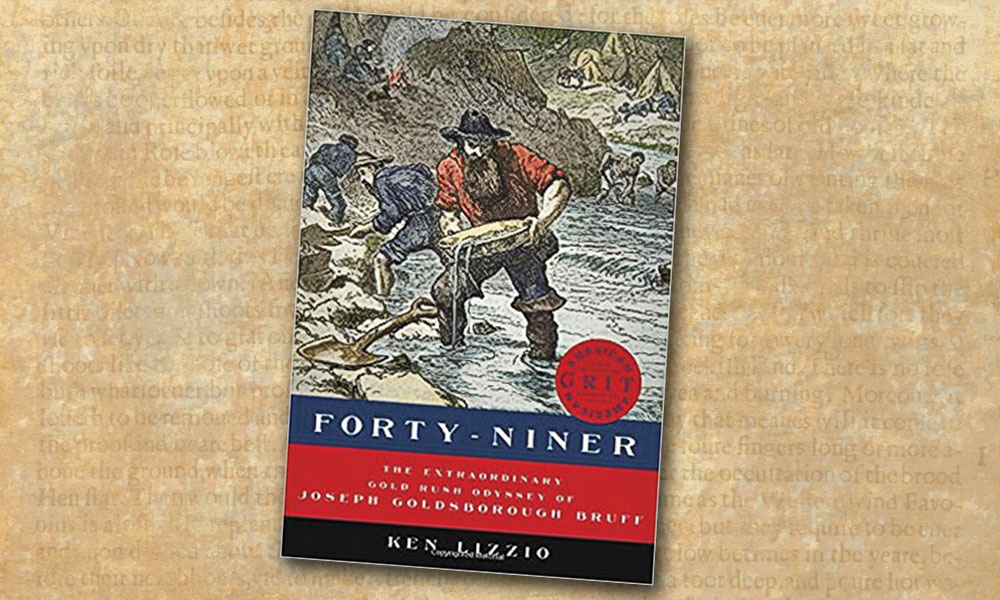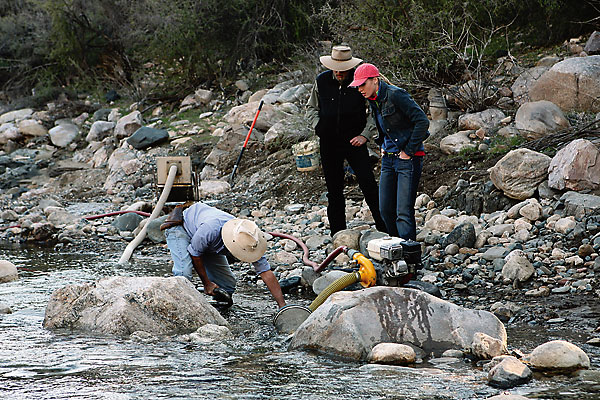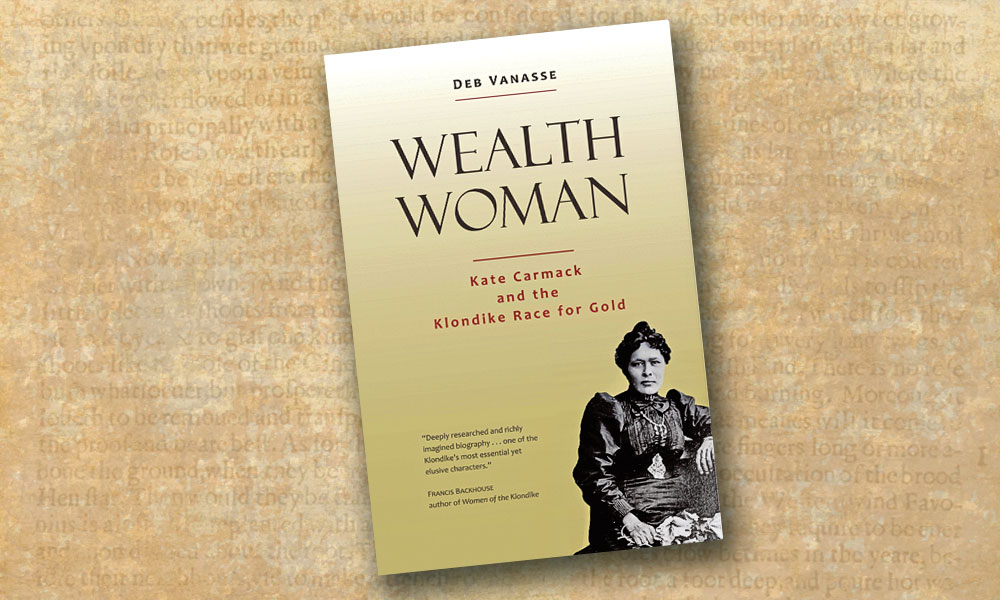 A story is told of a farmer in a Midwest American town who heard a circus with an elephant was coming to a nearby town. He wanted to see the elephant so he loaded up his grain in his wagon and drove to town. On the way he ran into the circus train. His mule saw the elephant and bolted, upsetting the wagon and spilling the grain. When his neighbors wondered if he was sorry he said it was alright, he didn’t care, because he’d seen the elephant. “To See the Elephant” came to mean going West. Even if they didn’t come home rich, they had gone West and seen the elephant.
A story is told of a farmer in a Midwest American town who heard a circus with an elephant was coming to a nearby town. He wanted to see the elephant so he loaded up his grain in his wagon and drove to town. On the way he ran into the circus train. His mule saw the elephant and bolted, upsetting the wagon and spilling the grain. When his neighbors wondered if he was sorry he said it was alright, he didn’t care, because he’d seen the elephant. “To See the Elephant” came to mean going West. Even if they didn’t come home rich, they had gone West and seen the elephant.
The chance to get rich quick as a uniquely American article of faith was virtually born in the West. With a single lucky break, one could instantly make as much money as he or she could lend, spend or give away in a lifetime. And, for the first time in the history of mankind, the finder got to keep what he or she found. There was no having to share it with the government or some king or queen.
Wherever there was a “rumor and a hole in the ground,” Mark Twain said, “someone built a town around it.” And each one claimed it was located right smack on top of the Mother Lode. They were populated by a ramshackle collection of boisterous devil-may-care reprobates who dignified their new abodes with picturesquely whimsical names like: Jenny Lend, Liar’s Flat, Total Wreck, Shirttail Diggings, Red Dog, Bladderville, Hangtown, You Bet, Poker Flat, Humbug Creek, Cut Throat, Fiddle Creek, Gouge Eye, Whiskey Gulch, Mad Dog Gulch and Last Chance Gulch.
Women were few and far between. In San Francisco in 1849 the ratio was 50 to one. In 1860 the population of Virginia City was thirty women to 2,201 men. That same year in Denver, there were 1,650 men and one woman. A woman was never lacking for attention. She could hang her underwear out on a clothesline and draw a large crowd. One enterprising prospector went into San Francisco and purchased some fancy French women’s underwear and brought them to the mining camp. He spread the silky, sexy undies on his bunk and charged admission. For a hefty surcharge the lonely miners could cop a feel on the lacy garments.
Many of those good time girls would change husbands nearly as often as they changed clothes, selecting a more prosperous husband each time. They came from New York, Paris, New Orleans and other such places, bearing such colorful names as Blond Marie, Crazy Horse Lil, Leo the Lion, Contrary Mary, Snake Hipps Lulu, Lizzette-the-Flying-Nymph, The Roaring Gimlet and Madame Featherlegs.
Lonely miners with gold in their pockets headed for San Francisco where accommodating ladies charged $16 for a few minutes conversation, and $400 for a full evening of chit chat.
One never knew when ol’ Dame Fortune would smile. The winter of 1850, was a cold, wet season when men sickened with “lung fever” all through the Mother Lode country. The newly established graveyard on a lay on a little flat outside of camp. It claimed its tenants in increasing numbers. One day a funeral was in progress and the parson down from Nevada City was indulging a particularly long-winded prayer while the wet dripped off bowed hats of the handful clustered around the newly made grave. One of the mourners, in head-bowed reverence, looked down and saw something glimmer in the fresh mound of dirt. He stirred the shining point with his boot. A nugget! And snuggling right alongside that one was another—a whopper!
The erstwhile mourner, sneaked away from the service. One by one his fellows followed.
And as the preacher said, “ashes to ashes and dust to dust, he happened to look up and saw all the mourners pacing off 15-foot claims.
He quickly concluded the service with an “Amen,” and joined the claimants. The body of the deceased was buried elsewhere.
This story was later re-told in the Lee Marvin, Clint Eastwood movie, Paint Your Wagon.






